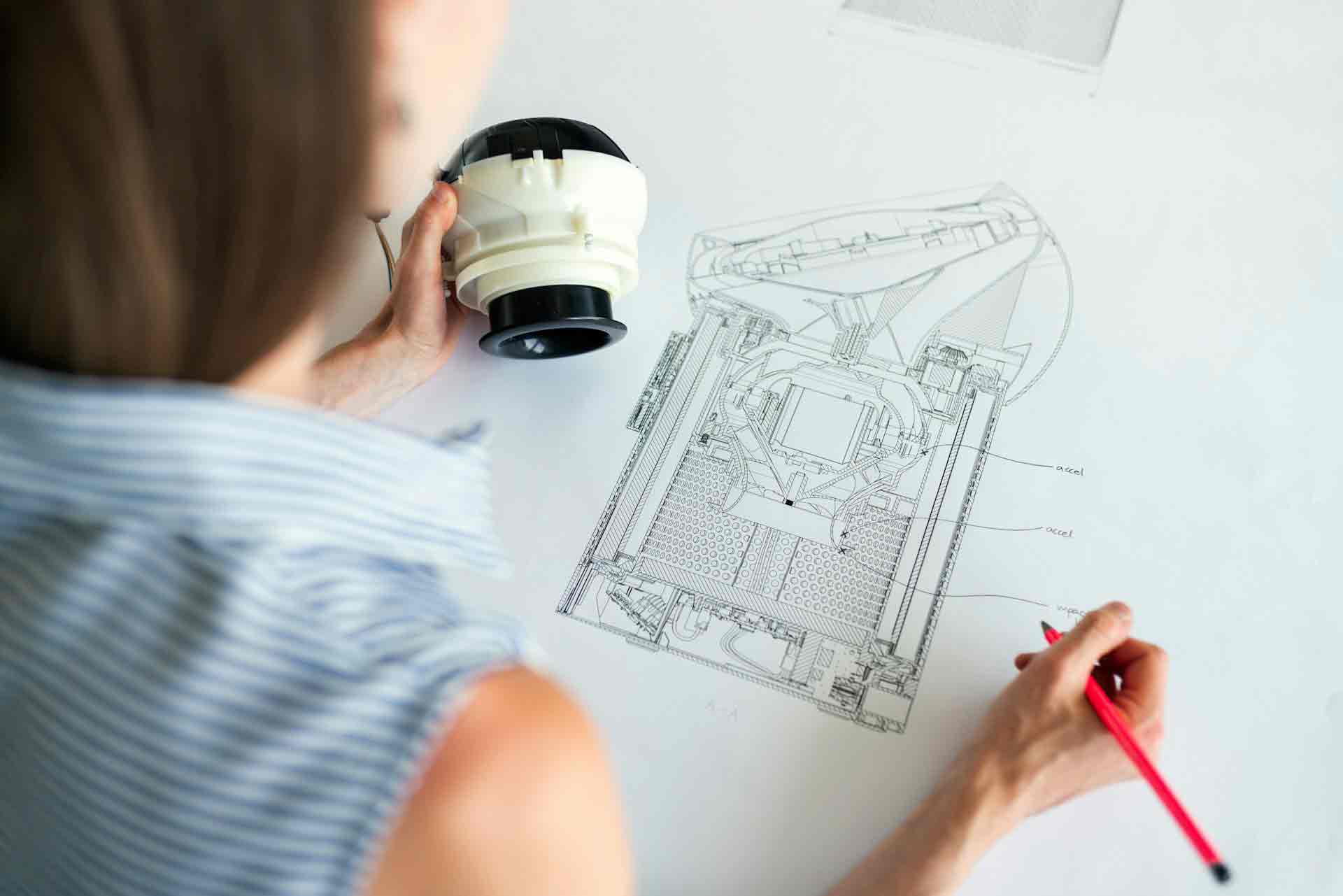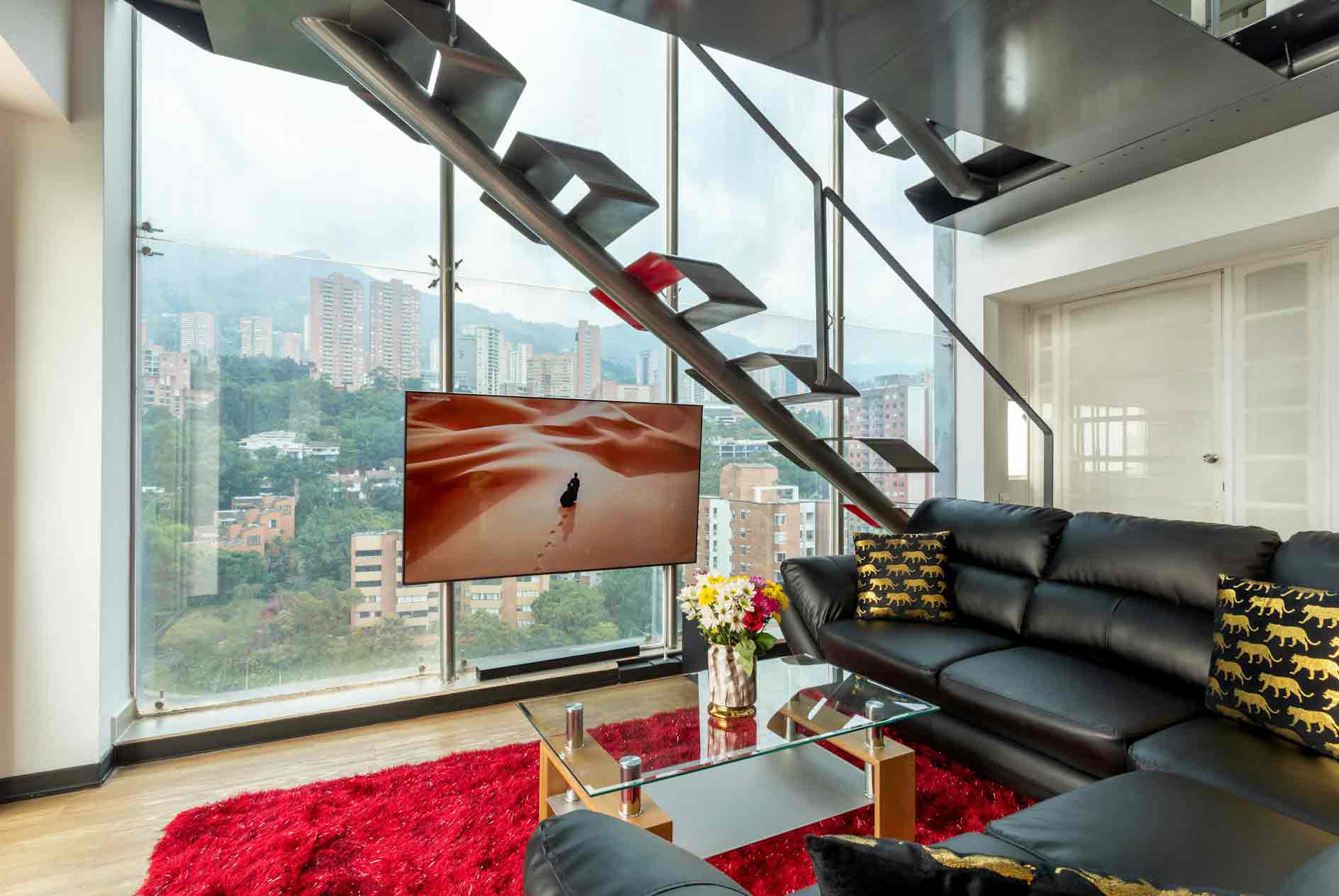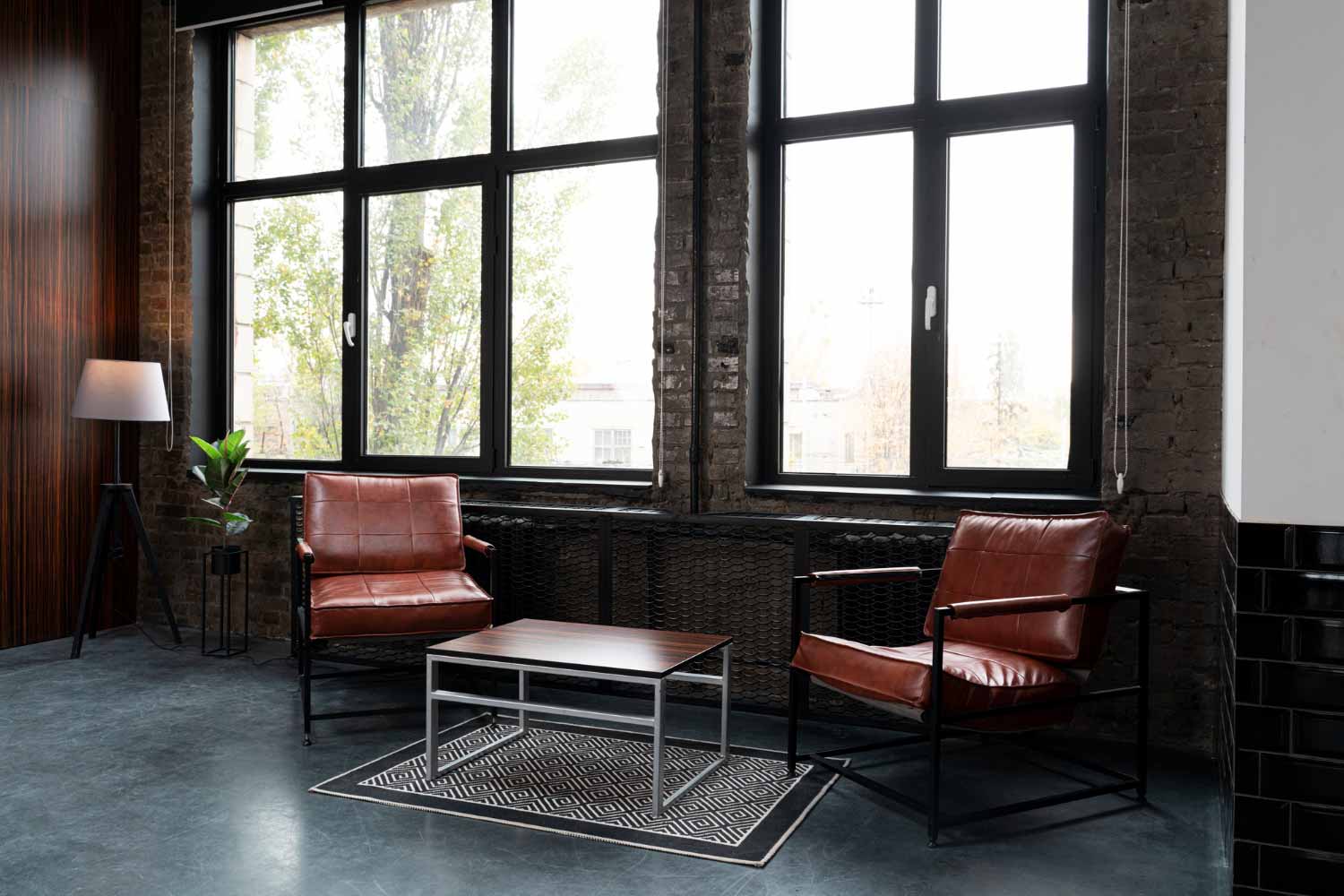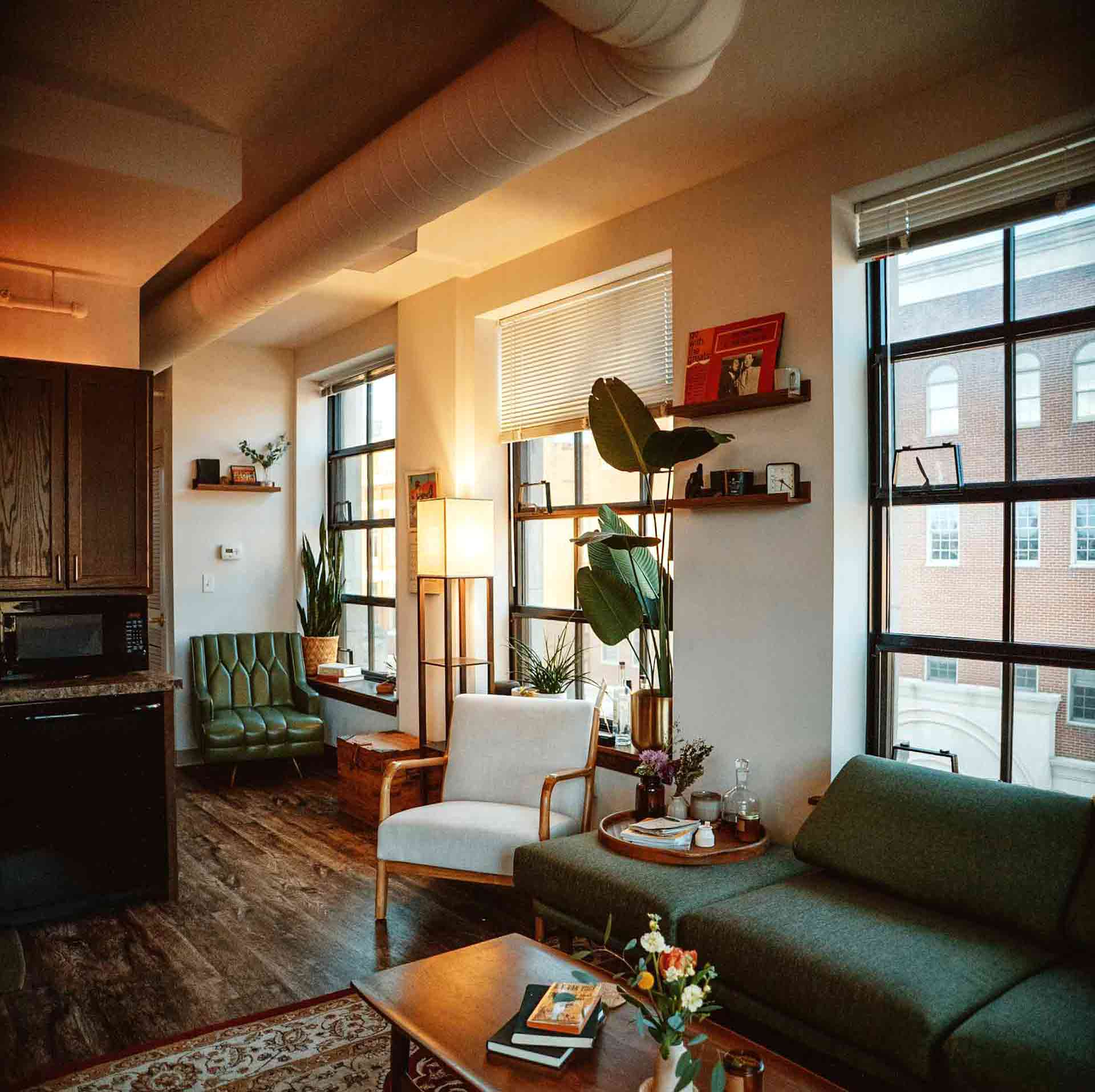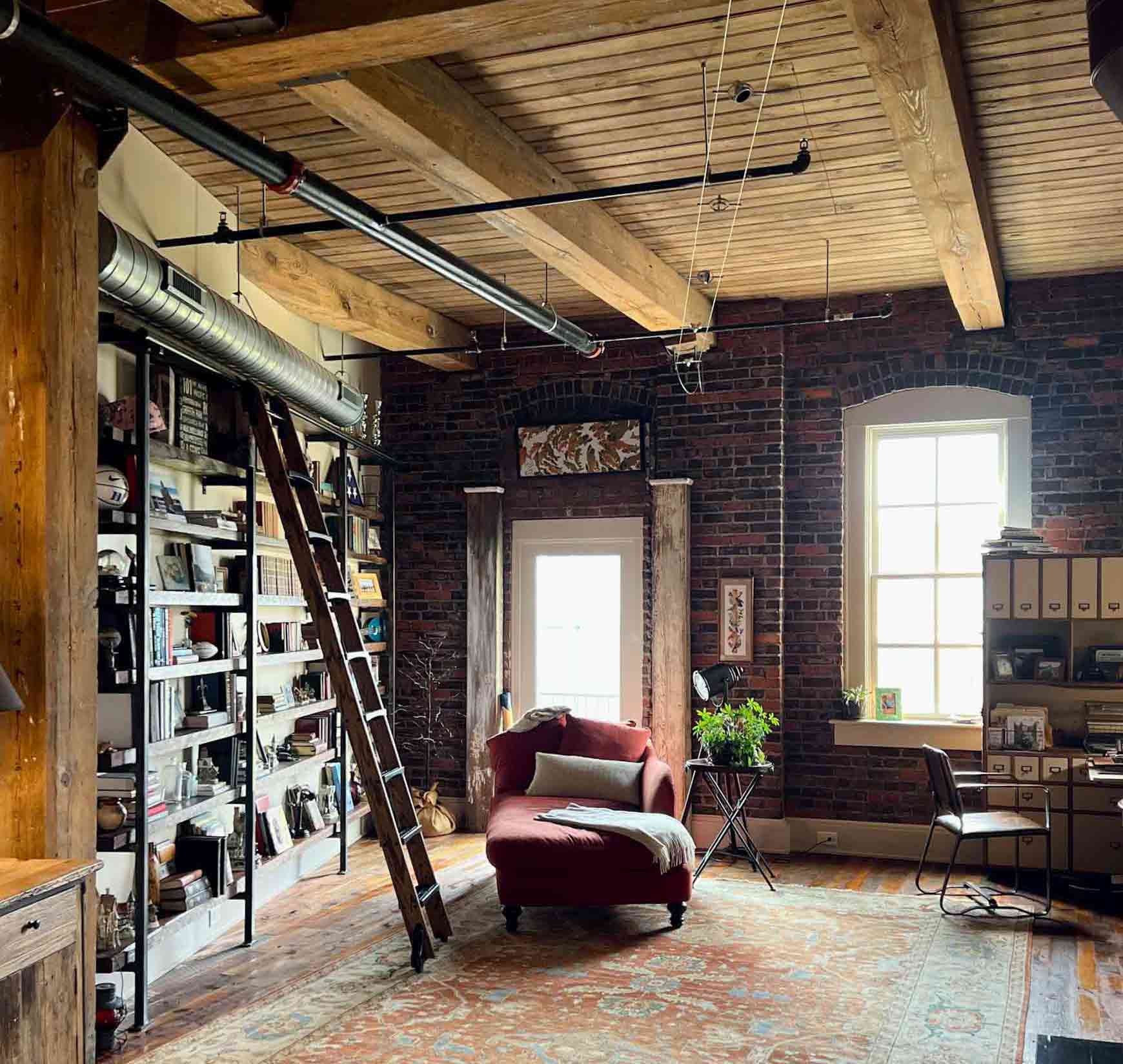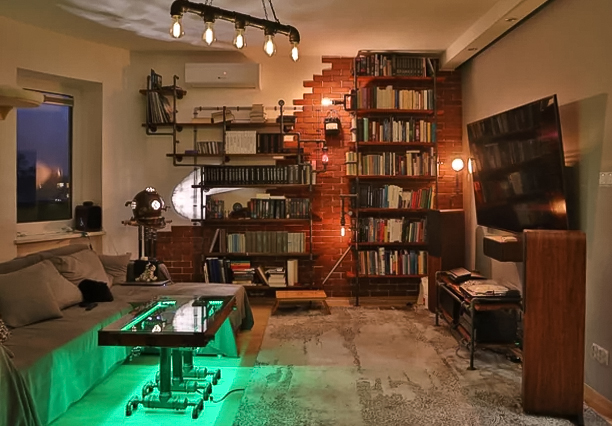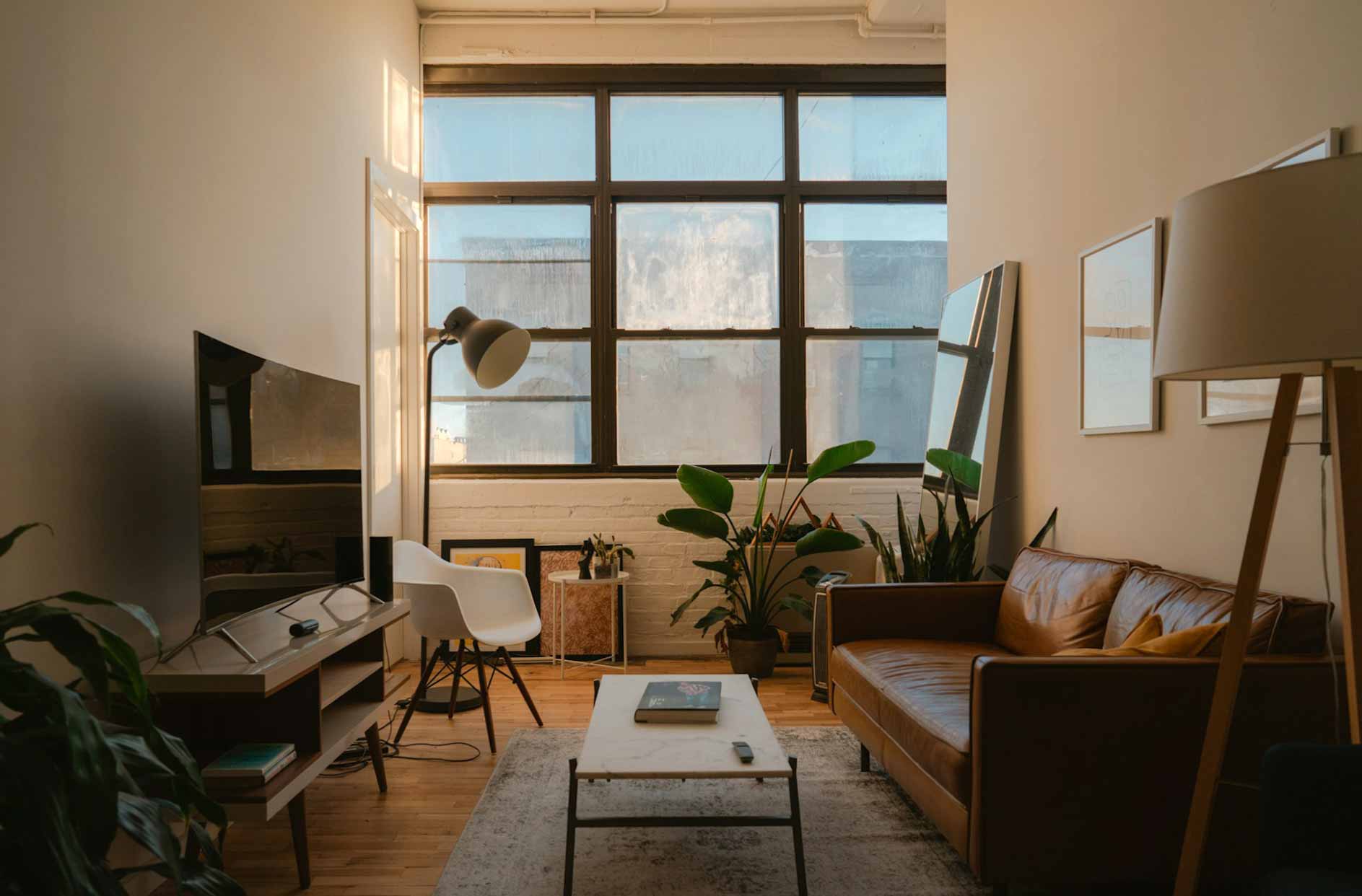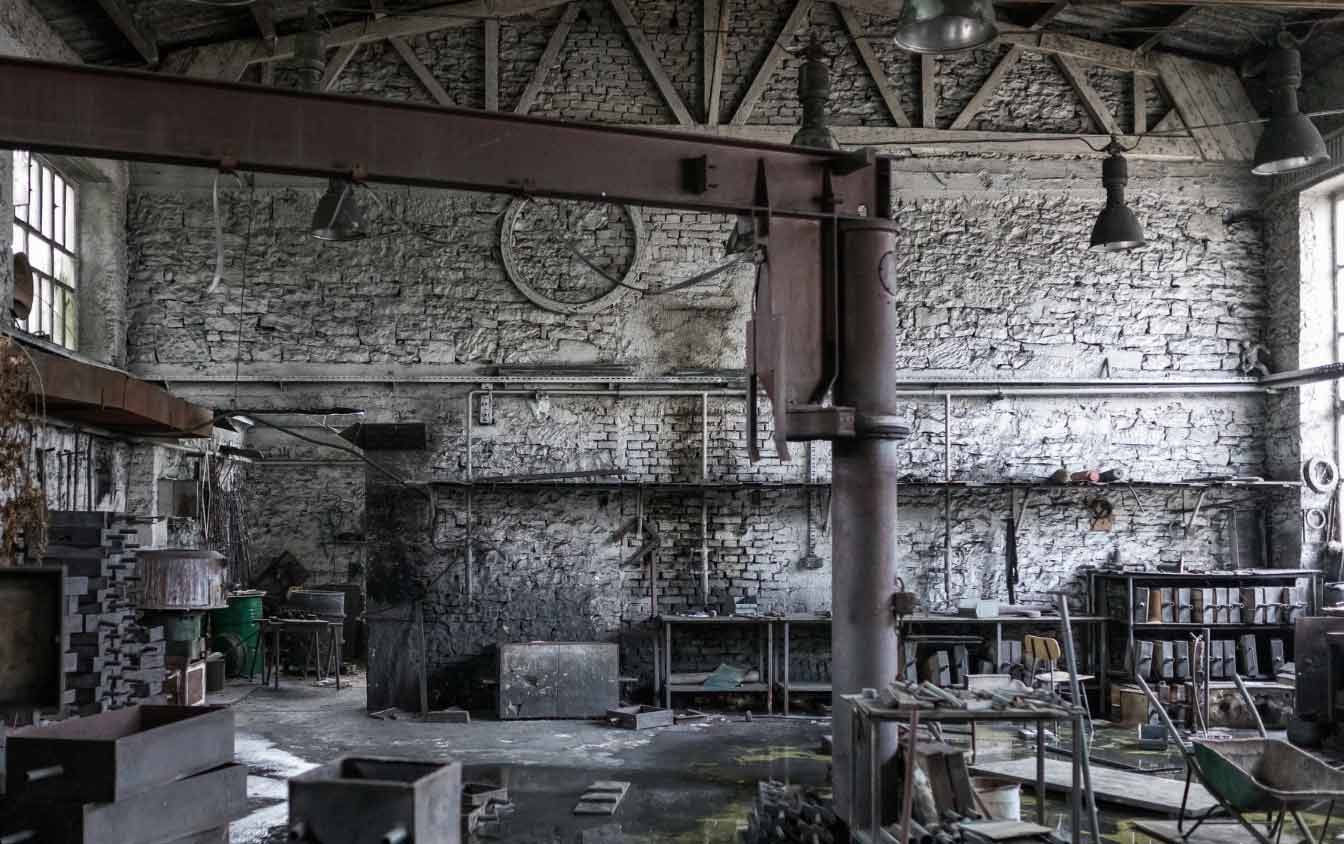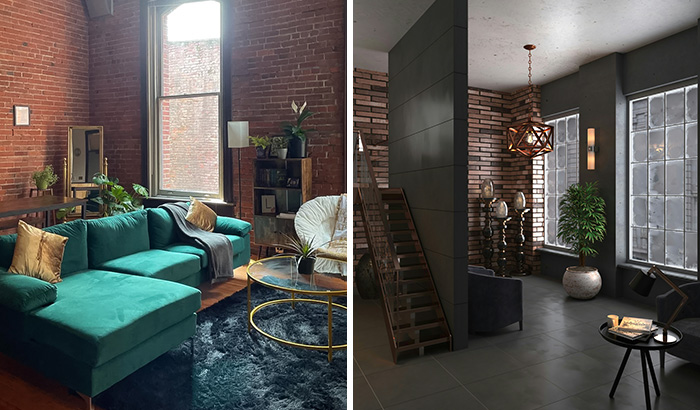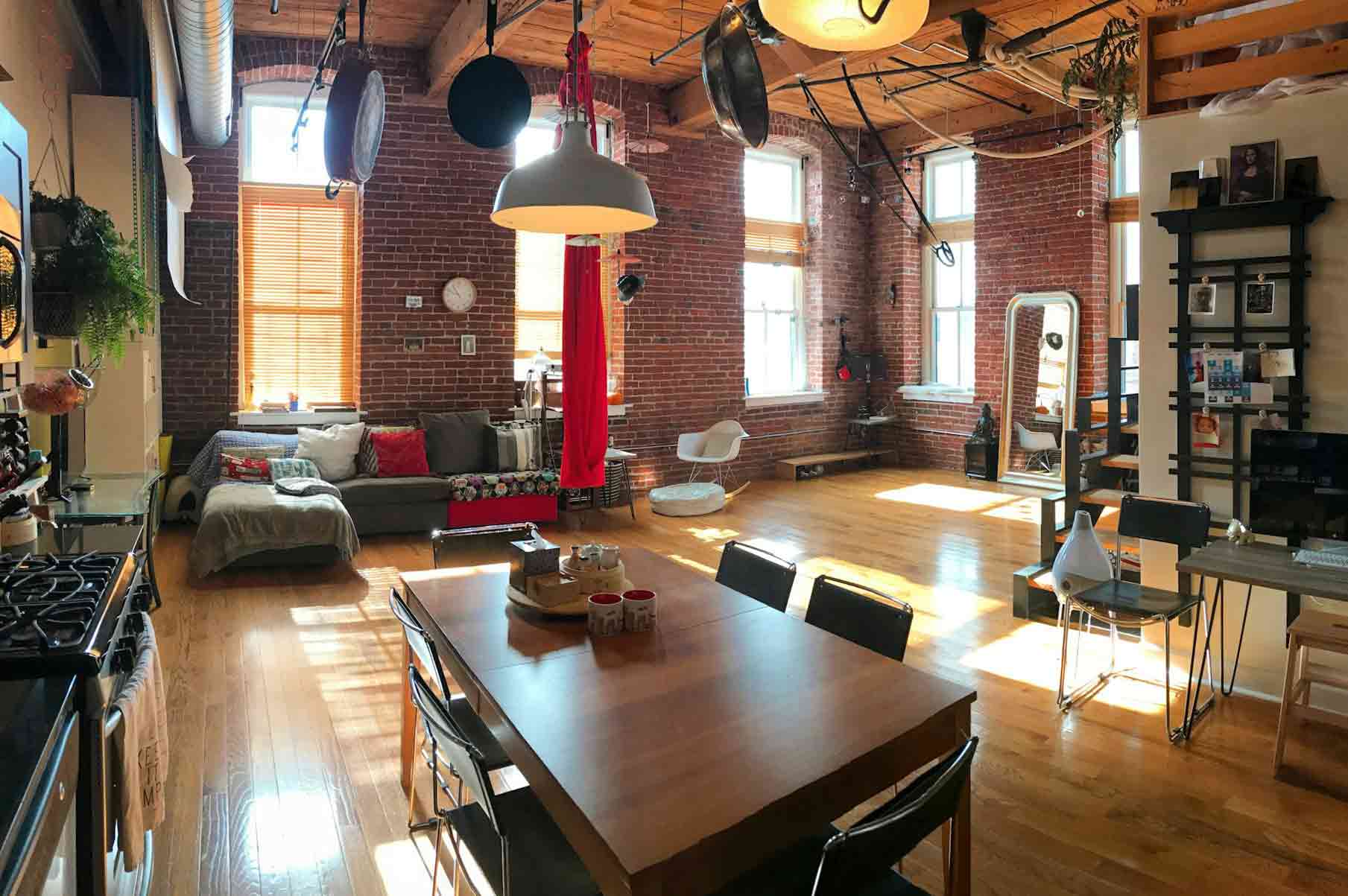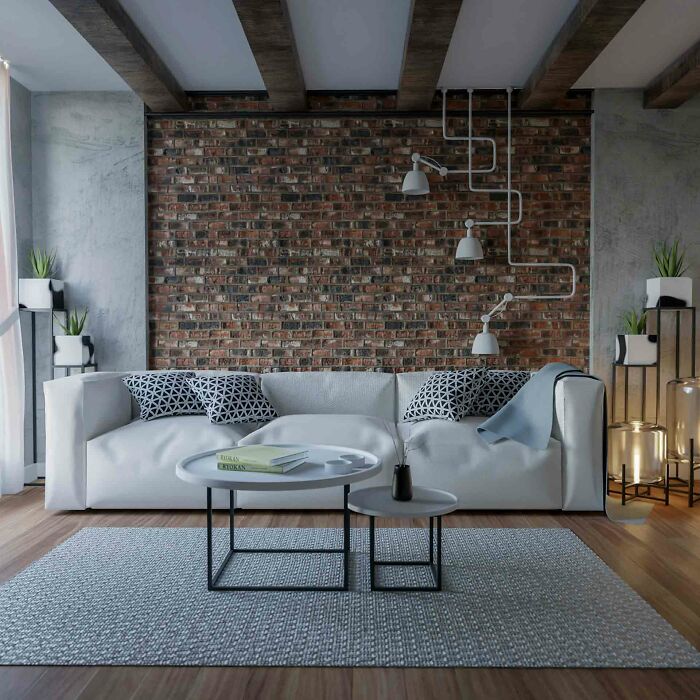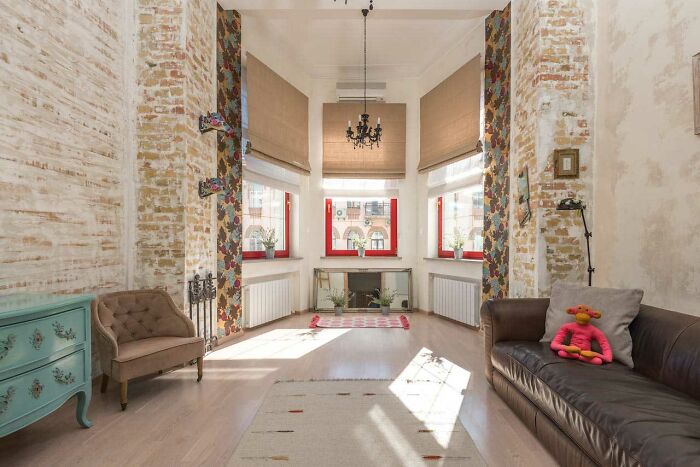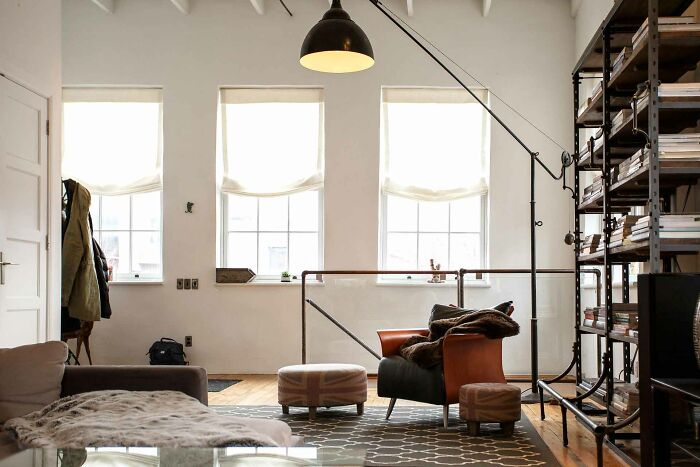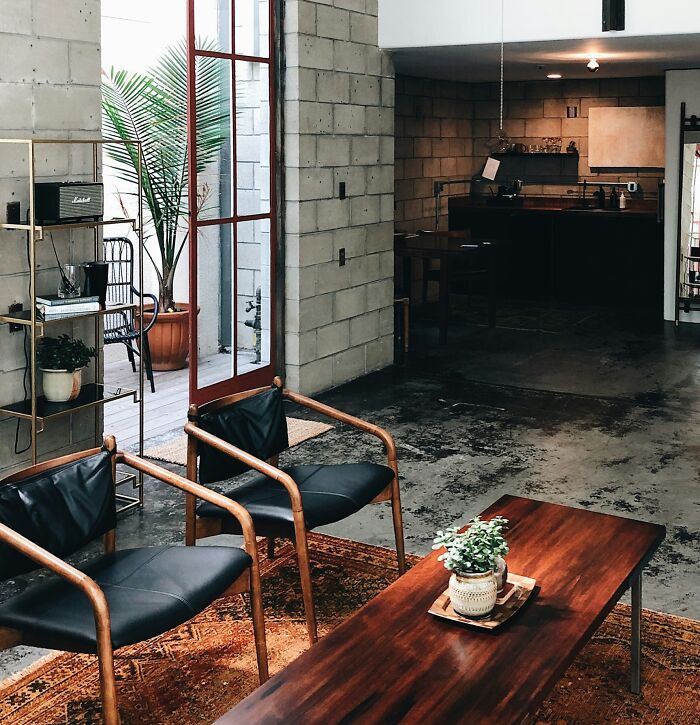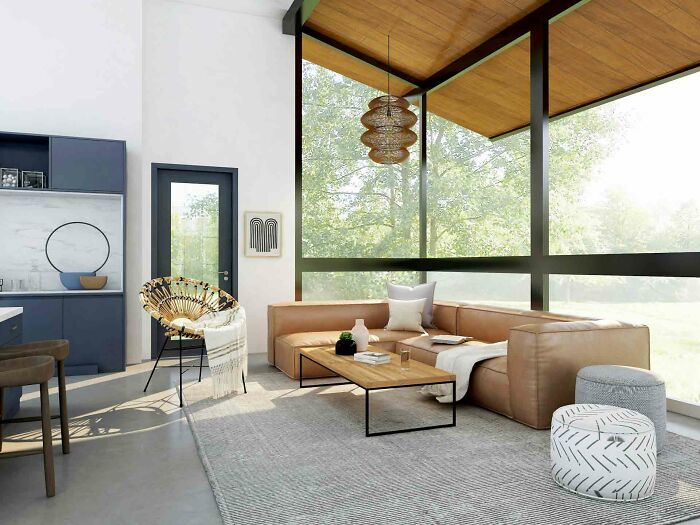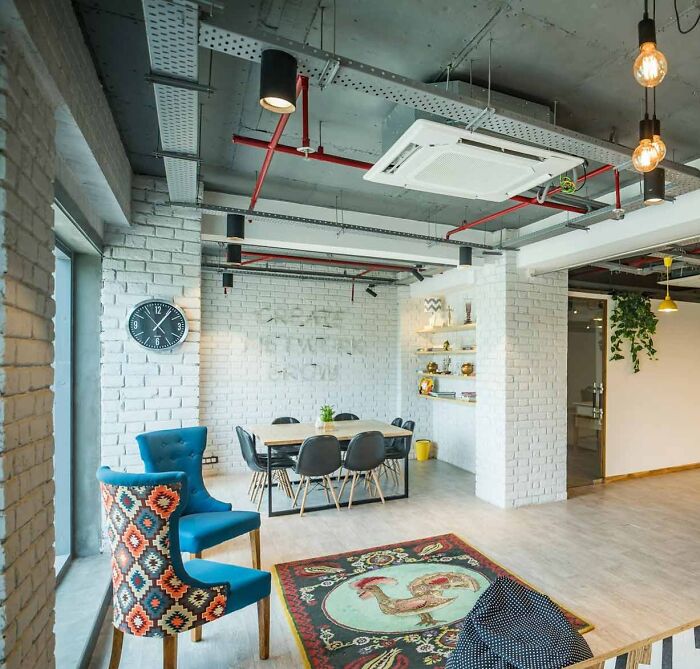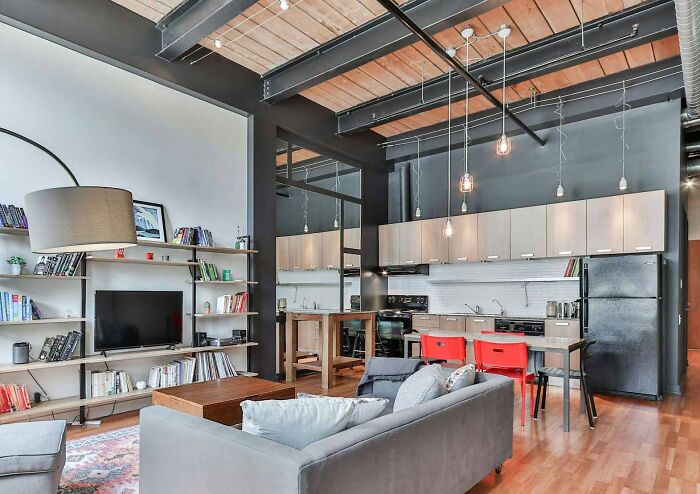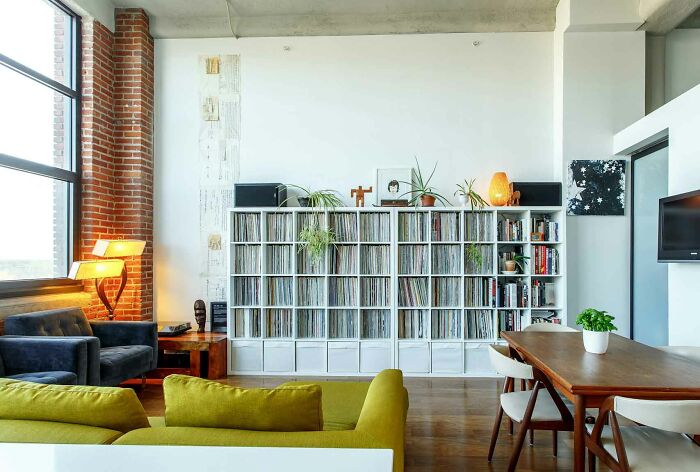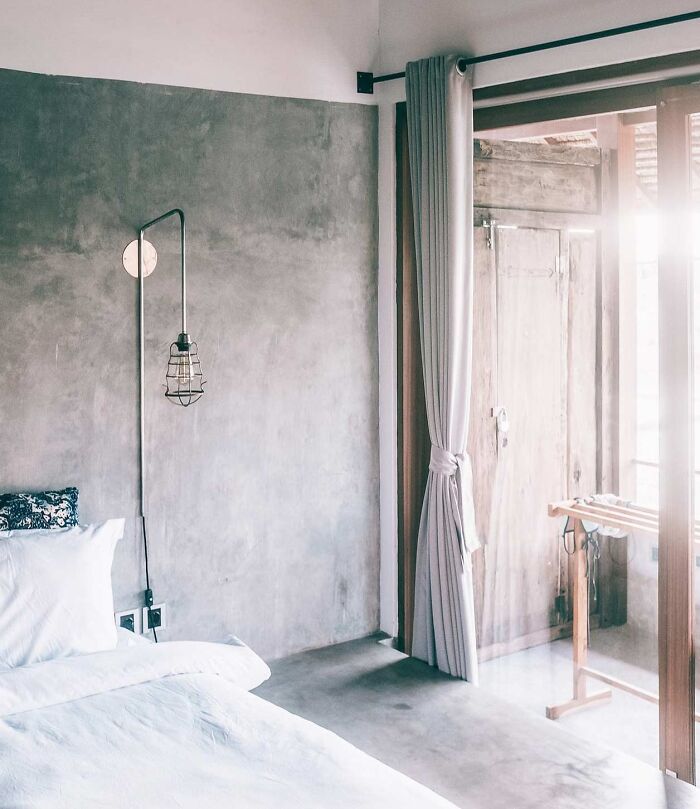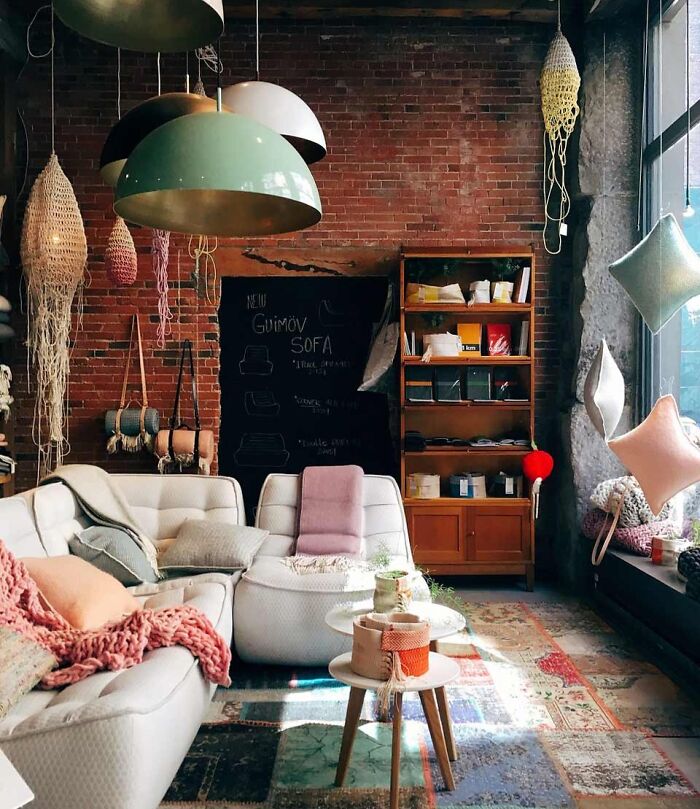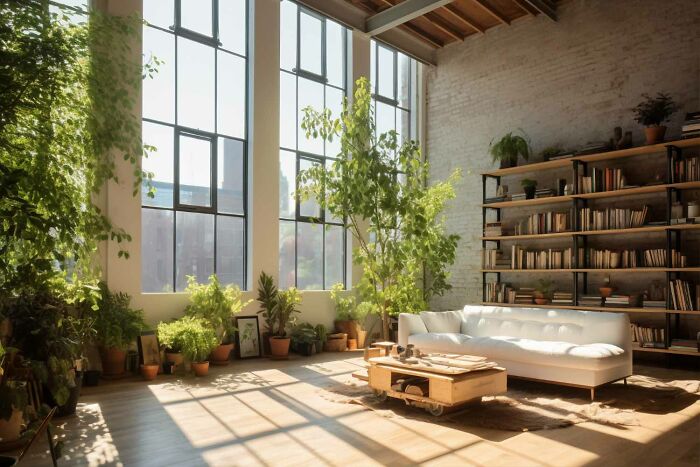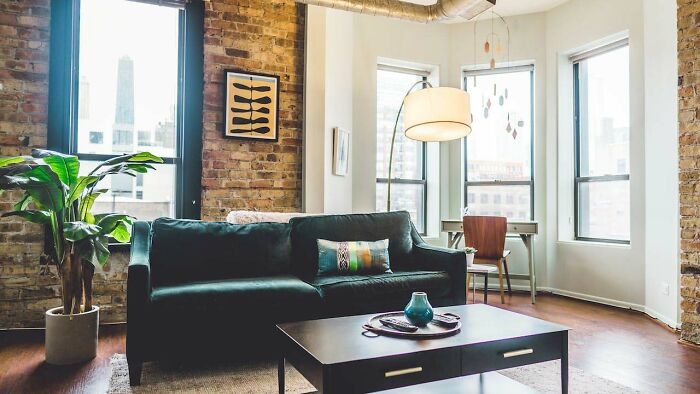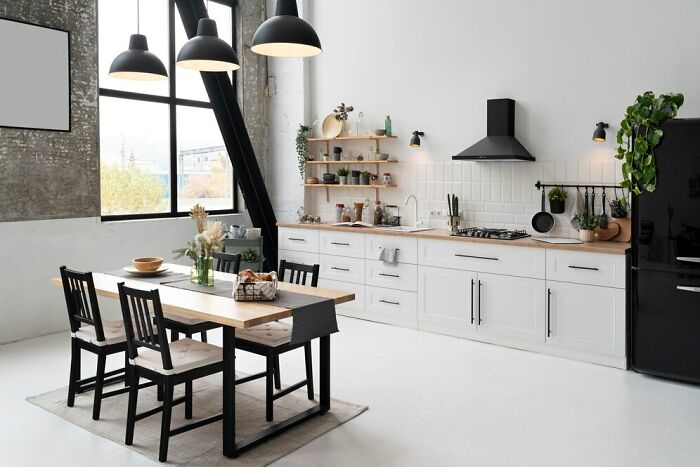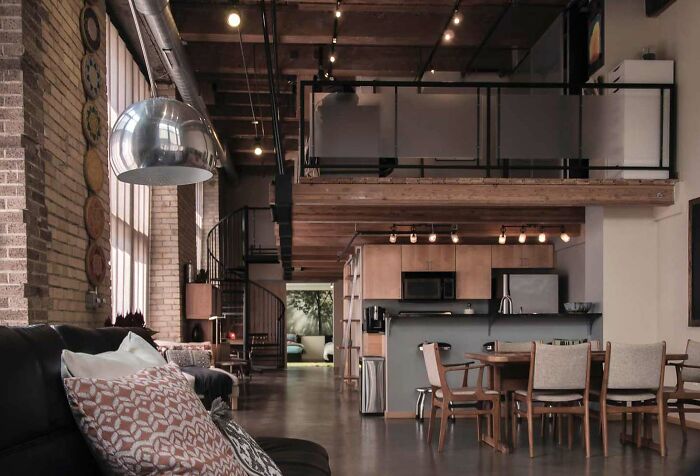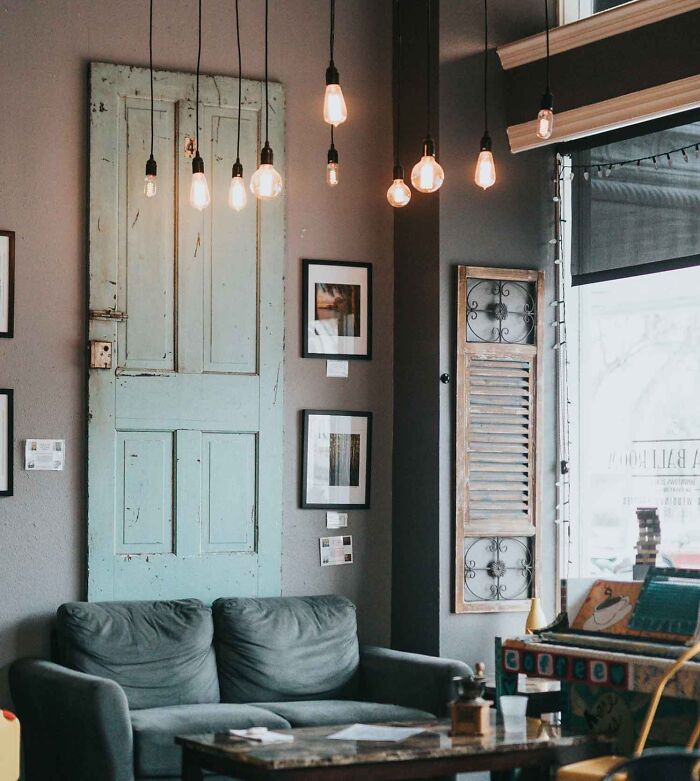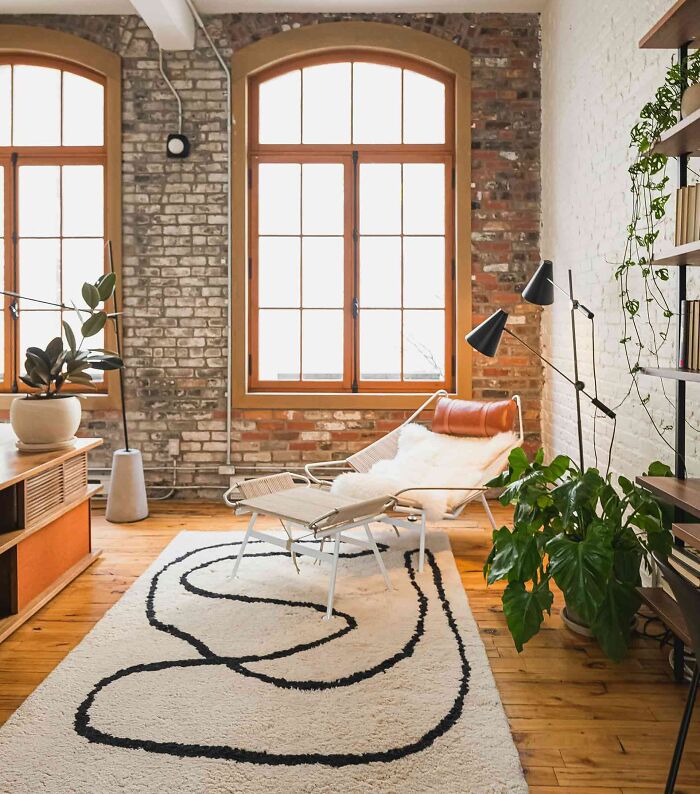The never-ending cycle of perpetually reinventing the wheel started with the Industrial Revolution. Since then, the world walked into the fast-paced symphony of modern living—creating products that make life easier while leaving walls unpainted in their spaces. The Industrial Revolution shaped how we make things and the language of progress itself—creating fine stuff in a world where every curve, color, and function tells a story of innovation and development. In short, innovation, art, technology, and creativity all come together in a single discipline. Let’s now delve into how this discipline has shaped our lives and homes for centuries.
What is Industrial Design?
Image credits: ThisisEngineering RAEng Industrial design is the discipline dedicated to solving problems and enhancing human experiences. This encompasses creatively designing products, systems, and services, making the industrial design spectrum quite diverse. Simply put, industrial design is the professional practice of making stuff better. From a professional perspective, industrial designers are the creative force behind the scenes, turning ordinary items into extraordinary experiences.
What is Industrial Interior Design?
Image credits: Lissete Laverde Industrial design and industrial interior design share the same historical roots, tracing back to the Industrial Revolution and mid-20th-century modernism. While industrial design focuses on improving everyday products, industrial interior design extends this concept to the spaces we inhabit. Both disciplines focus on style and function, although in different aspects—products and interiors. Together, they contribute to the art of making things work better, whether in your hands or on the walls around you.
What is an Industrial-style Decor?
Image credits: freepik Industrial decor encapsulates a journey through time, seamlessly blending visually attractive rooms with practical spaces in daily life. Drawing inspiration from the 19th and early 20th centuries, it echoes the transformation of factories into homes for workers and the middle class. This style introduces elements like exposed brick, steel, and concrete into our living spaces. Moreover, in modern days, industrial interior decor manifests in various styles.
Urban Industrial
Image credits: Evan Wise With glimpses of city living, this branch of industrial style aligns closely with raw, minimalist design. In this type of home decor, we can expect exposed architectural features influenced by urban elements, such as pipes and distressed materials. This style is perfect for wide-open spaces.
Rustic Industrial
Image credits: Tim Wildsmith The rustic industrial style combines weathered wood, brick walls, expansive windows, vintage furnishings, and earthy tones. If you opt for a rustic industrial home, consider adding iron accents, wooden beams, and cement floors.
Modern Industrial Interior Design
Image credits: vecstock Modern industrial spaces stand out by artfully balancing industrial rawness and classy elegance. Expect to see sleek lines, exposed brick walls paired with plush, cozy sofas, or a minimalist design featuring wooden furniture.
Steampunk
Image credits: steamcatco Inspired by the Victorian era, steampunk interiors feature brass and copper accents, exposed gears, bare pipes, wrought iron, and a palette of rich, dark colors. Characterized by the use of repurposed metals, leather upholstery, rustic wood, and brick walls, steampunk spaces exude a unique blend of industrial and vintage aesthetics.
Scandi-Industrial Style
Image credits: Michael Oxendine Think of the Scandi-industrial style as a fusion of raw industrial elements and Scandinavian simplicity. Scandi-industrial spaces achieve a stylish and cozy ambiance through the use of clean lines, warm vibes, neutral tones, natural textiles, and white walls.
History and Origins of Industrial Design
Image credits: wirestock Industrial house design is a rare instance where embracing the past to influence the present yields beautiful results. But how did the industrial style manage to make it to this day? Contemporary industrial-style interiors have roots tracing back to the Industrial Revolution: First Industrial Revolution in the 1760s: Mass production emerged in Europe and the US, influencing goods, markets, and factory architecture with grid-paned windows, open spaces, and exposed brick walls for fire safety. Second Industrial Revolution in the 1870s: In this period, industrial development took a leap forward as companies introduced larger factories featuring exposed bricks, concrete, and steel materials. This era also witnessed the invention of Edison light bulbs, propelling us into the steampunk era. The 2000s: The industrial style experienced a massive boom as most factories underwent conversion into lofts. Particularly in regions grappling with housing shortages, the transformation of factories into industrial loft apartments with open floor plans emerged as a stylish and practical solution. Today: Industrial-style furniture has become widespread in the present day, drawing inspiration from sleek lines, open spaces, rustic elements, and repurposed materials. Because of many changes and adaptations, we feel closer to the Scandi-industrial style characterized by open plans, faded leather, raw materials, expansive windows, and neutral palettes.
Traditional vs Modern Industrial Interior Design
Image source: somemojointhisjojo and Ali Moradi Homeowners and designers sparked a revolution by repurposing the elements they already had to create a new interior design aesthetic. When transforming SoHo lofts, warehouses, and factories into innovative home designs, they consciously preserved the raw, unfinished vibe of the existing spaces. They chose to showcase wooden beams, brick walls, steel surfaces, and even exposed ducts. This “rebellious” act led to two distinct styles within the same discipline: modern and traditional industrial decor. Traditional industrial design leans towards classic and ornate aesthetics, using rich materials and warm colors with a formal layout. Think of intricate carvings, detailed moldings, and a touch of traditional craftsmanship. On the flip side, modern industrial design goes for a more contemporary vibe. Using raw materials and neutral colors, it’s all about simplicity, functionality, and a clean look. Picture open spaces, straightforward furniture, and a more laid-back, uncluttered feel. So, traditional is like the classic, detailed grandparent, and modern is the sleek, no-fuss sibling. They’re both cool but just bring different vibes to the table. Image credits: Keren Fedida The choice between these two styles often depends on personal preferences and the space’s intended purpose. Some designs may also combine elements from both styles, creating a unique blend of modern and traditional industrial decor.
Characteristics of Industrial Interior Design
Now, let’s delve into what industrial design has brought to us from the past, exploring the gritty roots of the Industrial Revolution, merging with the sleek vibes of modern times.
Natural materialsAmple natural lightVintage accessoriesBare light bulbsNeutral color palette with bold contrastsOpen floor plans, high ceiling, and exposed pipes and ductsRaw walls and ceilingConcrete flooring and parquets
Industrial Interior Design Ideas
Now that you’re acquainted with industrial interior design let’s explore how it looks in different industrial-inspired interiors. From exposed brick walls to vintage-inspired lighting fixtures, these ideas will help you create an authentic look within just a few square meters. So, what do you think? Would you go for an old-fashioned house? If not, perhaps you know an old-soul panda out there who would love to learn about this. Feel free to share this piece and invite them to explore the unique charm of industrial design.
What is the Difference Between an Interior Designer and an Industrial Interior Designer?
Their primary difference is as simple as their names define it. While both are designers for interior spaces, they specialize in different types of designs and spaces. An interior designer typically works on various residential or commercial spaces, dealing with multiple design styles for homes, offices, restaurants, and more. On the other hand, an industrial interior designer specializes in adorning spaces in industrial style for lofts, factories, or urban-inspired environments.
Is Industrial Interior Design Still Trending in 2024?
Trends in interior design have changed throughout the years. Still, our advice remains consistent: always opt for a cozy, stylish, and affordable design when adorning your house. According to Business Insider, industrial interior design, minimalism, and the color gray are OUT for 2024. Although industrial style has enjoyed popularity for many years, it may not make it to the top list for 2024. A noticeable shift towards cozier and more inviting spaces suggests that upcoming trends might replace rugged features like exposed brick and metal fixtures.
So, what do you think? Would you go for an old-fashioned house? If not, perhaps you know an old-soul panda out there who would love to learn about this. Feel free to share this piece and invite them to explore the unique charm of industrial design.
What is the Difference Between an Interior Designer and an Industrial Interior Designer?
Their primary difference is as simple as their names define it. While both are designers for interior spaces, they specialize in different types of designs and spaces. An interior designer typically works on various residential or commercial spaces, dealing with multiple design styles for homes, offices, restaurants, and more. On the other hand, an industrial interior designer specializes in adorning spaces in industrial style for lofts, factories, or urban-inspired environments.
Is Industrial Interior Design Still Trending in 2024?
Trends in interior design have changed throughout the years. Still, our advice remains consistent: always opt for a cozy, stylish, and affordable design when adorning your house. According to Business Insider, industrial interior design, minimalism, and the color gray are OUT for 2024. Although industrial style has enjoyed popularity for many years, it may not make it to the top list for 2024. A noticeable shift towards cozier and more inviting spaces suggests that upcoming trends might replace rugged features like exposed brick and metal fixtures. Follow Bored Panda on Google News! Follow us on Flipboard.com/@boredpanda! Please use high-res photos without watermarks Ooops! Your image is too large, maximum file size is 8 MB.
